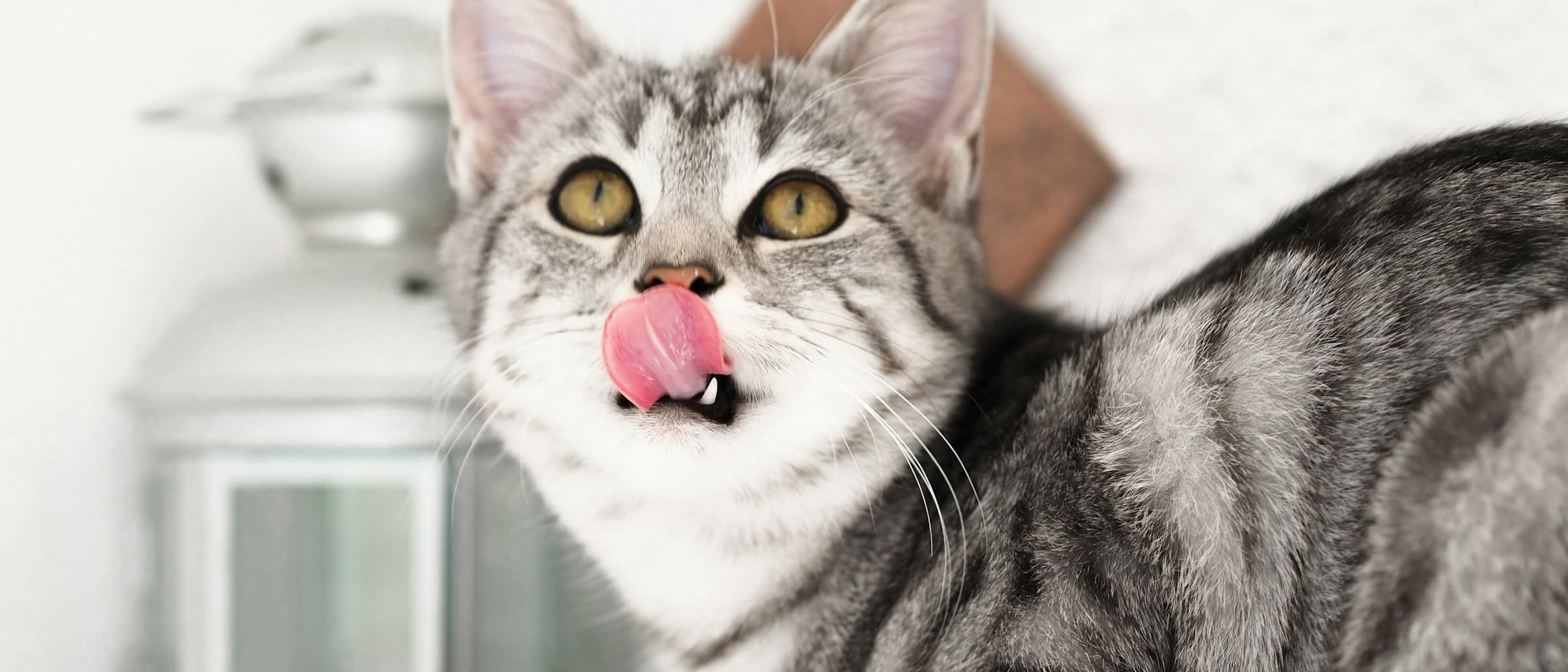Cats are famously independent creatures, often seeming self-sufficient in many aspects, especially regarding their eating habits. However, a cat not eating can cause concern. Understanding cat’s physiology is crucial for owners to ensure their pet remains healthy and to know when it's time to intervene or seek veterinary help.
Can a Cat Go 24 Hours Without Food?
It's common for a cat to skip a meal occasionally. But when does this behavior shift from a harmless quirk to a potential health concern? How long can cat go without food? Typically, a healthy adult cat can survive for about 48 hours without food as long as they have access to water. However, going without food for longer than 48 hours can start to affect their health negatively, especially if the animal is very young, old, or has existing health issues.
How Long Can Cats Go Without Water?
While discussing food, it's equally important to consider water intake. Cats can only survive for about three days without water. This time frame is shorter if the cat is not eating, as they often get a significant amount of water intake from their food, especially if they primarily consume wet food. Therefore, a combination of no food and no water can quickly become life-threatening.
What Happens If a Cat Doesn't Eat?
When a cat doesn't eat, their body uses fat reserves for energy. This process requires the liver to convert fat into usable energy, which, without a concurrent protein intake, can overload the liver and lead to hepatic lipidosis or fatty liver disease, which can be fatal. The first signs that something is wrong might include lethargy, weight loss, and a noticeable disinterest in food. It's
How long can a cat go without eating? It depends. But the longer the cat goes without food, the higher the risk of serious health issues.
Reasons Your Cat Isn't Eating or Drinking
There are numerous reasons why a cat might stop eating or drinking, ranging from minor to severe. It could be as simple as a dislike for a new food brand or as serious as an illness.
Common reasons include:
Dental problems that make eating painful.
Upset stomach or digestive issues.
Stress or changes in the environment.
More serious illnesses like kidney disease, diabetes, or cancer.
When a cat isn't just skipping a meal, but you are in the situation “my cat is not eating or drinking and very weak,” it's crucial to seek veterinary attention as soon as possible.
How to Get Your Cat to Eat?
If your cat won't eat, there are several strategies you can try to entice them back to their food bowl:
Warm the food slightly to release enticing aromas.
Try different food flavors or brands, particularly those with a high meat content, as these are often more appealing to cats.
Ensure the feeding area is quiet, safe, and away from any household hustle and bustle.
Consider using appetite stimulants, but only under veterinary supervision.
Sometimes, the issue may be psychological rather than physical. For example, if a cat feels stressed or anxious, addressing the root of this stress can often help resolve their eating issues.
In conclusion, understanding "Why is my cat not eating?" and being proactive in recognizing the signs of food aversion can significantly affect your cat's health.
While a cat can technically survive for a couple of days without food and water, any sign of an extended fast should be taken seriously. If your cat is not eating, it's always best to consult a vet to rule out any underlying issues and ensure that your furry friend returns to their normal self as soon as possible.
Frequently Asked Questions
How often do cats eat?
Cats typically eat two to three meals daily, but this can vary based on age, health, and personal habits. Some cats may prefer grazing and having access to food throughout the day.
What to do if the cat is not eating or drinking?
If your cat is not eating or drinking, monitor them closely for other symptoms and offer different foods or a more comfortable eating environment. If the behavior persists for more than 24 hours, consult a veterinarian to rule out any underlying health issues.



